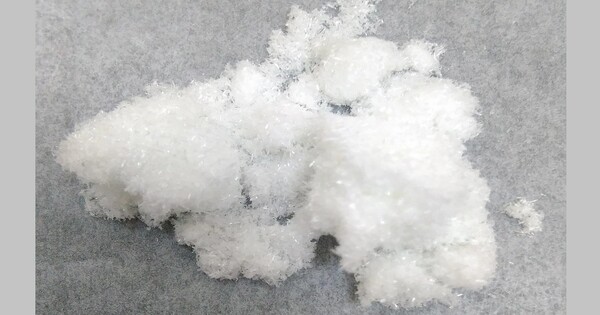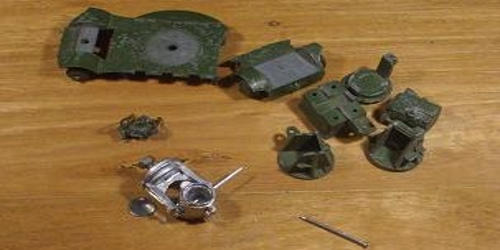Zirconyl chloride is the inorganic compound with the formula of [Zr4(OH)8(H2O)16]Cl8(H2O)12, more commonly written ZrOCl2·8H2O, and referred to as zirconyl chloride octahydrate. It is a white solid and is the most common water-soluble derivative of zirconium. It is a white crystalline solid that is highly soluble in water and is commonly used in various industrial applications.
Production and structure
The salt is produced by hydrolysis of zirconium tetrachloride or treating zirconium oxide with hydrochloric acid. It adopts a tetrameric structure, consisting of the cation [Zr4(OH)8]8+. features four pairs of hydroxide bridging ligands linking four Zr4+ centers. The chloride anions are not ligands, consistent with the high oxophilicity of Zr(IV). The salt crystallizes as tetragonal crystals.
Properties
Zirconyl chloride typically appears as a white or colorless crystalline solid. It is highly soluble in water and forms a clear, colorless solution. The density of zirconyl chloride solutions can vary depending on concentration. It is stable under normal conditions but can decompose when exposed to heat or moisture over time. Aqueous solutions of zirconyl chloride are typically acidic. It reacts with bases to form zirconium hydroxide and with strong acids to form zirconium salts.
- Chemical formula: Cl2OZr
- Molar mass: 178.12 g·mol−1
- Appearance: White crystals
- Molecular Weight: Approximately 173.23 g/mol.
- Melting Point: Decomposes before melting.
Applications
- Ceramics and Refractories: Used in the production of zirconium-based ceramics and refractory materials.
- Catalysis: Acts as a precursor for various zirconium-containing catalysts.
- Textile Industry: Employed as a mordant in dyeing processes.
- Water Treatment: Utilized in water treatment for flocculation and coagulation processes.
- Chemical Synthesis: Serves as a starting material for the synthesis of other zirconium compounds.
Safety Considerations
- Toxicity: Can be harmful if ingested or inhaled. Prolonged exposure may cause irritation to the skin, eyes, and respiratory tract.
- Handling: Proper protective equipment, such as gloves and safety goggles, should be used when handling zirconyl chloride.
















